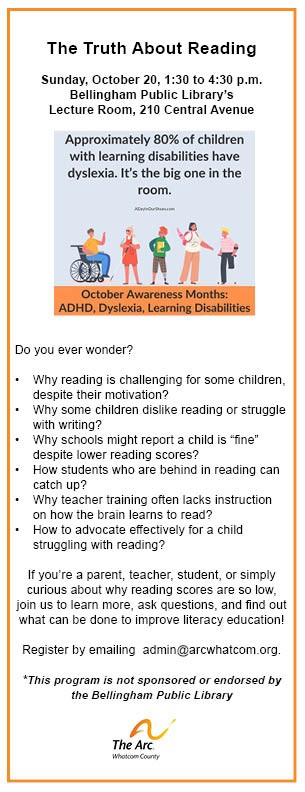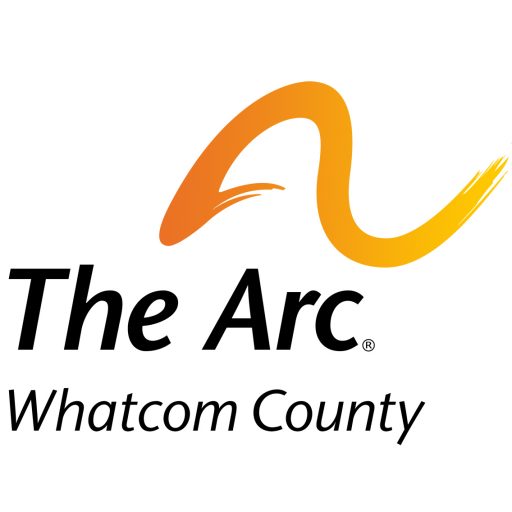The start of a new school year can evoke a mix of emotions. For many children, it’s a time filled with hope and anticipation, but for those facing challenges like dyslexia, it can also bring anxiety and frustration. National Dyslexia Awareness Month is a great opportunity to focus on understanding dyslexia and supporting children who experience it.
Dyslexia affects about one in five individuals, yet most are unaware of how common it is, and a significant number remain undiagnosed and lack access to effective interventions. This gap is often rooted in misconceptions about reading instruction. For decades, the emphasis has been on a variety of teaching methods that don’t align with the research or scientific understanding of how reading is acquired. Educating ourselves about dyslexia—its signs, challenges, and strengths—can help us better support children. It’s important to recognize that dyslexia is a specific learning disability that affects reading and language processing.
While reading aloud and fostering a love of books are valuable, they are not sufficient on their own to teach reading skills, especially for those who struggle. Creating inviting spaces and allowing children to explore books can foster a love for reading, but it can’t replace the structured skills and instruction necessary for actual reading development. Myths like “all children learn to read in their own time” or that learning to read is facilitated by finding the “right book” to ignite a child’s desire, don’t align with what has been studied. Research highlights the importance of structured, phonics-based approaches to reading instruction. Understanding that reading is a skill that many children need to be explicitly taught is vital.
Fortunately, there are proven ways of helping nearly every child to read. Approximately two-thirds of children benefit from these methods, which systematically teach the relationship between letters and sounds. In contrast, some children do pick up reading naturally, but this doesn’t reflect their intelligence or capability; it’s simply how they learn.
Children with dyslexia often excel in other areas, and it’s essential for them to grasp that their reading difficulties are not a reflection of their overall intelligence. By raising awareness and advocating for proven, effective teaching strategies, we can help ensure that all children, regardless of their learning profiles, have the opportunity to thrive in their literacy journey.
We can better support our kids and our schools by identifying struggling readers in kindergarten and first grade, and by ensuring every child learns to read. This month, let’s commit to breaking the myths around reading instruction and embracing approaches that truly support every child’s learning needs. Together, we can create a more inclusive and understanding environment for all students.
For more information:
Understood.org – https://www.understood.org/
The Yale Center for Dyslexia and Creativity – www.dyslexia.yale.edu
Decoding Dyslexia Washington – https://www.decodingdyslexiawa.org/dyslexia







